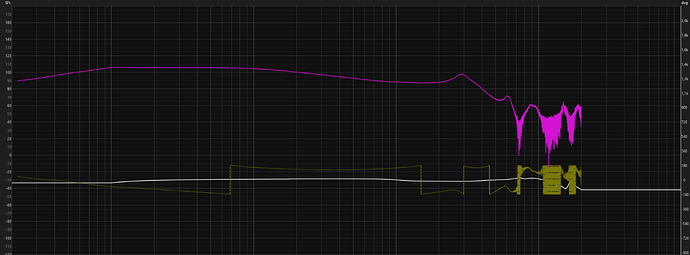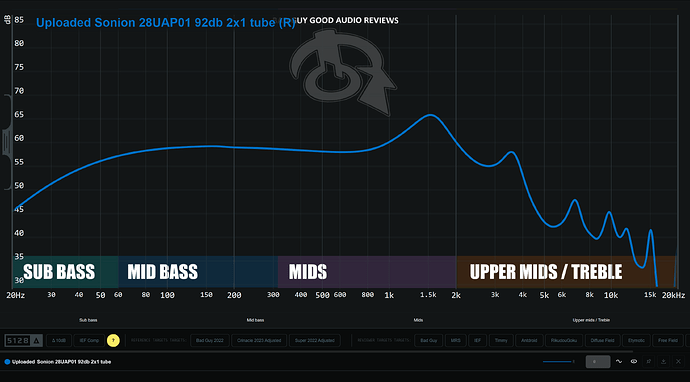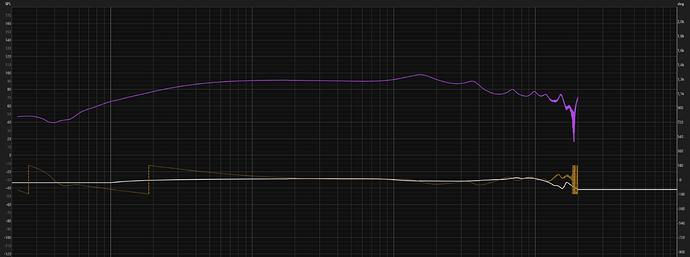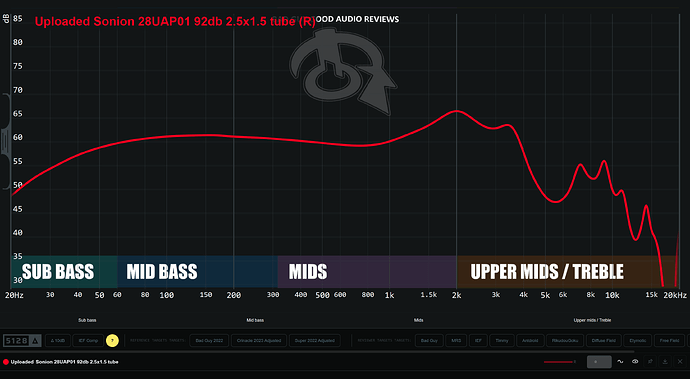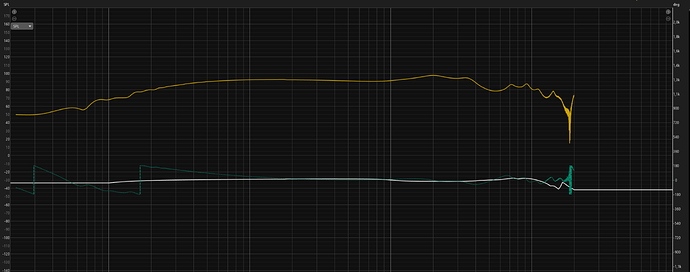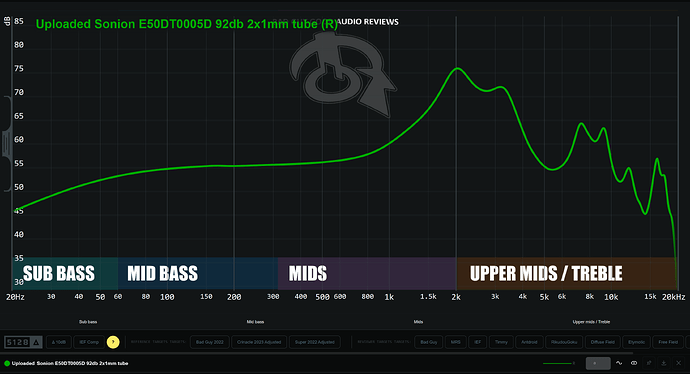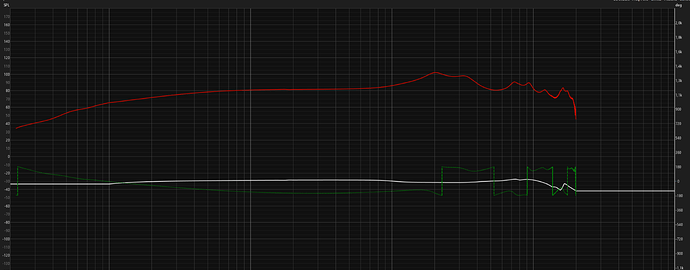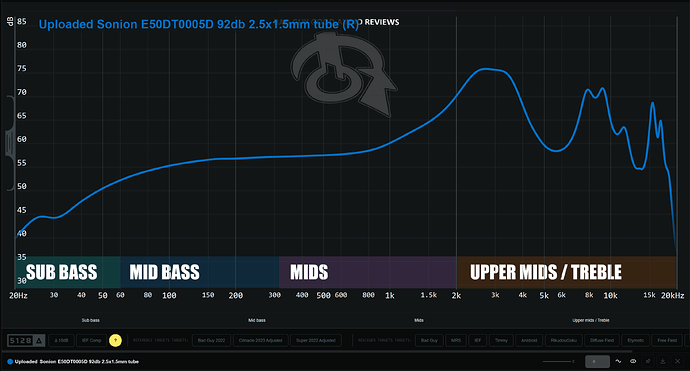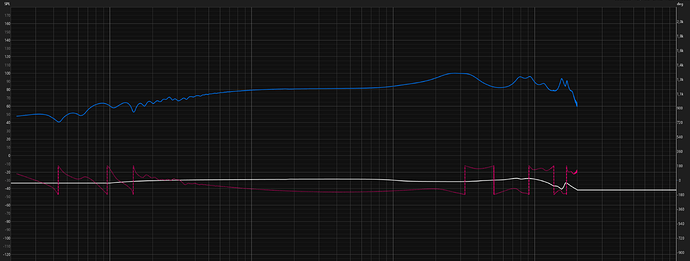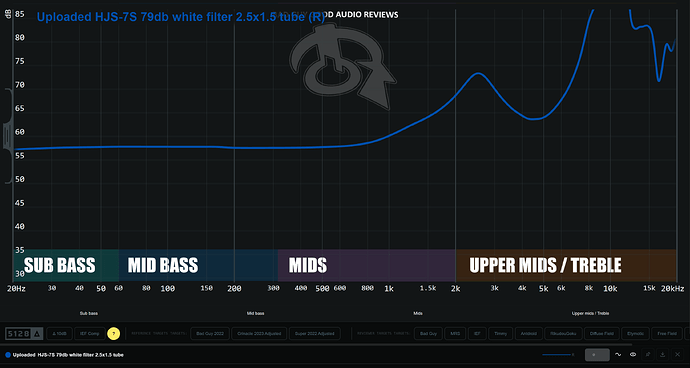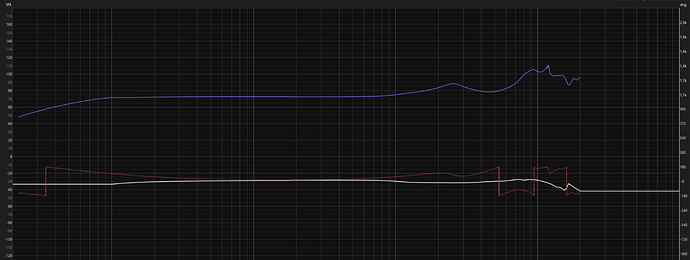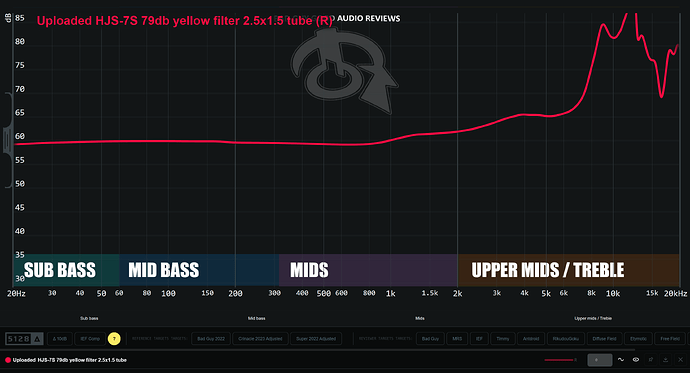WHAT! You saying I’d didn’t jump from a pangolin to a bat to us !!! .(there may be a hint of sarcasm in this post ![]() )
)
You have a lot of experience in car audio! That’s worth a lot, and it sets you apart from other reviewers in the hobby! I will try to maximize the vibration transfer to the enclosure, either use a 14.2 driver or two bone conduction drivers in the same enclosure.The hardest part is building the enclosure from scratch, coating the enclosure is also a difficult art, I never thought I would ever pick up a brush) and quality control too, it all takes experience.In half a year of practice since November 2023 I have gained experience, thanks to it I have no limits in building IEMs with different configurations. Easy to say, hard to do!
By the way, I created an account on aliexpress as a seller, it turned out that it was not difficult at all)
Company I was employed at set up their corporate headquarters in Princeton and payed considerably more property taxes on it… just to boast having an address with a Princeton zip code on it
just like EE did…they set up manufacturing in the good ole USA with US wages and US taxes and US overhead etc. etc. under the pretext of charging 3k+ for a monitor with the reputed reputation of supposed American quality mainly because… it was manufactured in the US…without revealing to the customers the knowledge of the origin of its components
and my experience with their end game monitor was not shall we say…a pleasant one…the EVO…though not that bad…was not worth the coin
I agree for the most part brother…but this is for the layman out there
In terms of low frequencies transfer of energy between mediums
Lower frequencies have longer wavelengths compared to higher frequencies. This allows them to pass through materials easier because they are less likely to be absorbed or scattered by the atoms or molecules in the material.
Lower frequencies tend to pass through materials that are less dense and have larger spaces between atoms or molecules.
lower frequencies cannot pass through all types of materials. Materials with higher density and smaller spaces between atoms or molecules, such as metals and thick solids, are more likely to block or reflect lower frequencies
The thickness of a material can affect the passage of lower frequencies by either increasing or decreasing the amount of energy that passes through. Thicker materials may absorb or reflect more of the lower frequency energy, while thinner materials may allow more energy to pass through.
So in theory… resins… since they are not as dense as metal…would pass more lower freqs from one surface area to the other…in this instance…shell to tragus…antitragus and concha
and all the other parts of your head when you’re running a FF Scart
Right, but I thought @Anatolyi_ZE wants to use this large driver + shell combo almost as a kind of BCD with whole system vibrating, massaging the ear. Just like FIR claims they have in their Kinetic Bass tech
Yes it is.
There are some great bass hits in there, that was first thing I played with my new Subwoofer.
Congrats.
You should get an instagram, X and other Social Media to start gaining some followers ![]()
How’s the fitment and sizes between the Maestro SE, the Canpur 622b, and the Multiverse Mentor? Are the Canpur and the MM smaller and/or better fitting than MSE?
For me Maestro SE fits best then Multiverse then Canpur
Canpur has a buldge where the drivers are molded around, it does not bother me but it does bother some folks
All measurements were made on a 711 microphone using an 8mm length of tubing and KBEAR 07 size Red-S silicone.
Used measurement range: from 0 to 20,000 Hz.
#Sonion 38D1XJ00 7Mi/8a
#Sonion 28UAP01 92db 2x1 tube
#Sonion 28UAP01 92db 2.5x1.5 tube
#Sonion E50DT0005D 92db 2x1mm tube
#Sonion E50DT0005D 92db 2.5x1.5mm tube
#HJS-7S 79db 2.5x1.5 tube
#HJS-7S 79db 680 white filter 2.5x1.5 tube
#HJS-7S 79db 4700 yellow filter 2.5x1.5 tube
Epic
Individual driver measures for all inside of Canpur CP622B and your set
Bravo!!
Great info
Thank you! Glad to try for all of you!
The best IEMs use the BEST drivers!
I found the HJS-7S electret electrostatic driver to be very loud and kudos to Huayunxin for not lying about the measurements on their website.
Man, this is becoming super legit. I love watching the R&D journey.
I’ll try to get the most out of these drivers, the goal is to make it easy to control.
This is so damn cool!

I am so happy to see all this transparency, wish you the very best with your product release!
Thank you!
Truly great info!! ![]()
![]()



